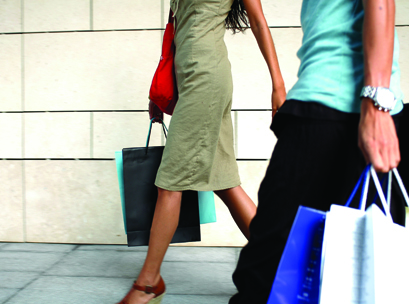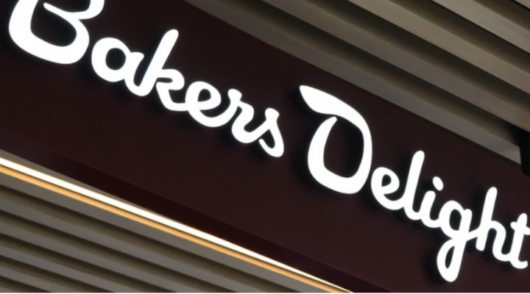Retail sales were unchanged in February at 0.0 per cent, representing year on year growth of 3.2 per cent according to the latest Australian Bureau of Statistics figures (ABS).
In seasonally adjusted terms, there were rises in household goods retailing, 0.4 per cent; department stores, 0.4 per cent; and clothing, footwear and personal accessory retailing, 0.1 per cent. Food retailing was unchanged. There were falls in cafes, restaurants and takeaway food services, -0.2 per cent; and other retailing -0.1 per cent.
Total retail sales for the month were $24.8 billion. According to the Australian Retailers Association (ARA), their records show this to be the lowest recorded year on year growth in two and a half years, since September 2013.
ARA executive director, Russell Zimmerman, said February 2016’s year on year retail growth figure is a reflection of Australia’s economic conditions and consumer uncertainty.
“While we saw a strong Christmas and January sales period, spending growth always tends to slow in February, which has clearly been the case this year,” said Zimmerman.
“A combination of warmer weather patterns across most states, a pull back in spending as consumers headed back to work and school, as well as economic uncertainty have contributed to this outcome,” he said.
On a category basis, department stores were the main beneficiary of February’s growth, with a year on year increase of 6.6 percent.
“Department store growth in 2015 was mostly underwhelming, so to see this result will be heartening for David Jones and Myer, who have both placed an incredible amount of effort into reinvigorating their businesses,” he said.
The ACT saw the largest rate of growth in February, at 7.2 percent, while Western Australia sat squarely at the opposite end of the spectrum, posting a loss in trade of 0.1 percent. WA’s last growth decline occurred in May 2014, at -0.7 percent.
“The lackluster performance experienced by retailers in WA is not unexpected, with the state having been hit considerably in recent months by the deflation of the mining boom,” Zimmerman said.
“Consumers in WA have been quite pessimistic over the last few months as the large groups of workers who were present in the state have withdrawn, taking with them their considerable volumes of disposable cash.”
Clothing, footwear, and personal accessories saw a 6.3 per cent growth, which Zimmerman said could be attributed to a mix of end of season clearance sales, unseasonably warm weather, and the introduction of new season stock.
“While overall growth of 3.2 percent is not a poor result for retail by any stretch, as retail is one of Australia’s largest private sector employers it is important the industry continues its momentum to be able to support our economy long into the future.
NRA Industry Research & Data Analyst Cameron Meiklejohn said while at first glance the February ABS results were flat, the year-on-year average growth results showed the retail sector was heading in the right direction.
“There’s no doubt retailers continue to face structural challenges, particularly around workplace relations and excessive penalty rates on Sundays and public holidays.
“However, the industry has been on a steady upward trajectory for almost three years now, and things are continuing to head in the right direction.
“We will now be looking to the Federal Budget for a strong and confident economic direction, which will give consumers the comfort they need to boost their discretionary spending.
“This will be the true test of how the retail sector is performing.”
Access exclusive analysis, locked news and reports with Inside Retail Weekly. Subscribe today and get our premium print publication delivered to your door every week.






